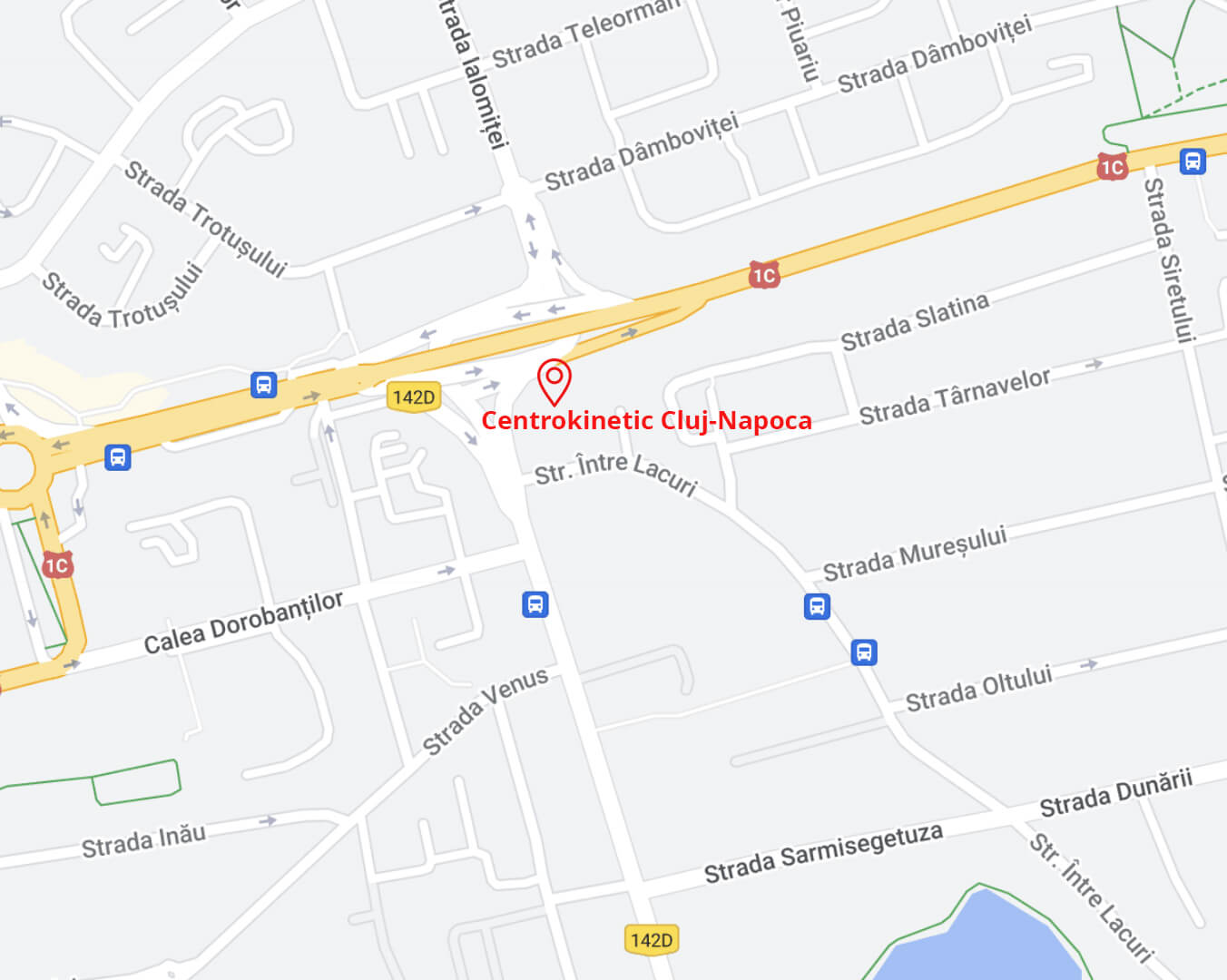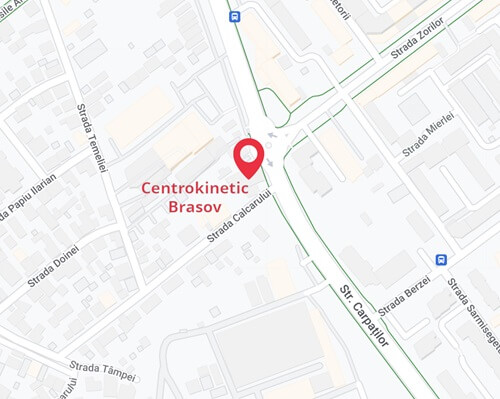Neurological Recovery after Spinal Cord Injuries: What You Need to Know

Spinal cord injuries can profoundly impact mobility, autonomy, and quality of life. These injuries range from mild, causing temporary or limited deficits, to severe, resulting in complete paralysis or permanent loss of function in certain body parts. Neurological recovery after such injuries is essential to help affected individuals maximize their functional potential and improve their quality of life.
What is the spinal cord, and what does an injury involve?
The spinal cord is a crucial part of the central nervous system, acting as a communication channel between the brain and the rest of the body. Spinal cord injuries occur when this delicate structure is damaged, either through direct trauma (such as car accidents, falls, or contact sports) or through compressions caused by tumors, inflammation, or other medical conditions.[1]
Spinal cord injuries are categorized into two main types:
- Complete - all motor and sensory functions below the level of the injury are lost;
- Incomplete - some sensory and/or motor functions remain intact, and the degree of recovery varies from case to case.[1]
Spinal cord injuries can also be classified by the level of occurrence, meaning their location. This includes cervical, thoracic, lumbar, or sacral injuries. The severity and location of the injury are critical factors in determining the extent of impact on the patient and the recovery outlook.[1]
What is neurological recovery, and what is its role?
Neurological recovery is a complex process primarily aimed at rehabilitating the patient after a neurological condition. This process seeks to improve or restore affected functions, reduce unpleasant symptoms, and optimize the patient’s quality of life. It’s important to note that this process is not limited to physical aspects but involves a multidisciplinary approach, including emotional and psychological support.[2]
The main goals of neurological recovery include:
- Improving motor function, i.e., recovering lost or impaired movements;
- Enhancing or restoring sensitivity to touch, temperature, and pain;
- Preventing complications such as bedsores, urinary, and respiratory infections;
- Increasing patient independence by restoring autonomy in daily life to the highest possible degree and improving quality of life;
- Providing emotional and psychological support to help the patient adapt to new living conditions.[2]
Techniques and therapies used in neurological recovery after spinal cord injuries

Neurological recovery after a spinal cord injury is a complex and individualized process involving various techniques and therapies. Each person is unique, and the treatment plan is tailored based on the type and severity of the injury, age, overall physical condition, and individual goals.[3][4]
Key therapies include:
- Kinesiotherapy - involves personalized physical exercises designed to improve muscle strength, joint mobility, balance, and coordination; exercises may be active or passive, and the therapist adapts the program based on the patient's needs and progress;
- Physiotherapy - uses various physical agents such as heat, cold, ultrasound, or electrical currents to reduce pain, stimulate tissue regeneration, improve circulation, and enhance muscle tone;
- Occupational therapy - focuses on daily activities and developing skills needed to perform day-to-day tasks, such as dressing, washing, and cooking; the occupational therapist helps the patient adapt their environment and develop compensatory strategies;
- Speech therapy - if the spinal cord injury affects speech and swallowing functions, a speech therapist will intervene to improve these abilities;
- Psychological counseling - psychological support is essential to help the patient cope with the physical and emotional changes caused by the injury.[4]
Neurological recovery is a long-term process; improvements may be slow and progressive, requiring patience and perseverance. The recovery team is multidisciplinary, with doctors, physiotherapists, kinesiotherapists, psychologists, and other specialists working together to provide the best care.[3][4]
Factors influencing recovery after a spinal cord injury
Numerous factors influence recovery after a spinal cord injury, significantly contributing to prognosis and therapeutic outcomes. The most important include:
- Severity of the injury - complete injuries, where no function is preserved below the injury level, have a more reserved prognosis than incomplete injuries, where some function remains;
- Level of the injury - cervical injuries generally have more severe consequences than lumbar injuries; a cervical injury can cause paralysis in most of the body and affect all limbs (tetraplegia); a lumbar injury may only affect the lower part of the body and a person’s legs (paraplegia);
- Age - younger individuals tend to recover better than older ones;
- Motivation and patient involvement - a positive attitude and close collaboration with the recovery team are essential for maximizing rehabilitation outcomes;
- Family and community - emotional, practical, and social support from loved ones can significantly impact the lives of individuals with spinal cord injuries and their recovery process.[3][4]
Neurological recovery after spinal cord injuries is a complex process requiring time, patience, and dedication. Each case is unique, and achieving recovery goals first requires a profound understanding of the patient’s individual needs and recovery potential. If you or a loved one has suffered such an injury, consult with medical rehabilitation specialists to determine the next steps.
Bibliography
- „Spinal Cord Injury: Causes, Symptoms, Treatment & Types”, Cleveland Clinic, 8 Sept. 2023. Accessed Nov. 18, 2024.
- „Neurological Rehabilitation”, Johns Hopkins Medicine, 2019. Accessed Nov. 18, 2024.
- Kandola, Aaron. „What Is Involved in Spinal Cord Injury Recovery?”, Medical News Today, 5 May 2020. Accessed Nov. 18, 2024.
- „Recovery and Rehabilitation after Spinal Cord Injury”, MSKTC, 2020. Accessed Nov. 18, 2024.
BUCHAREST TEAM
CLUJ NAPOCA TEAM
BRASOV TEAM
MAKE AN APPOINTMENT
FOR AN EXAMINATION
See here how you can make an appointment and the location of our clinics.
MAKE AN APPOINTMENT



































































































































